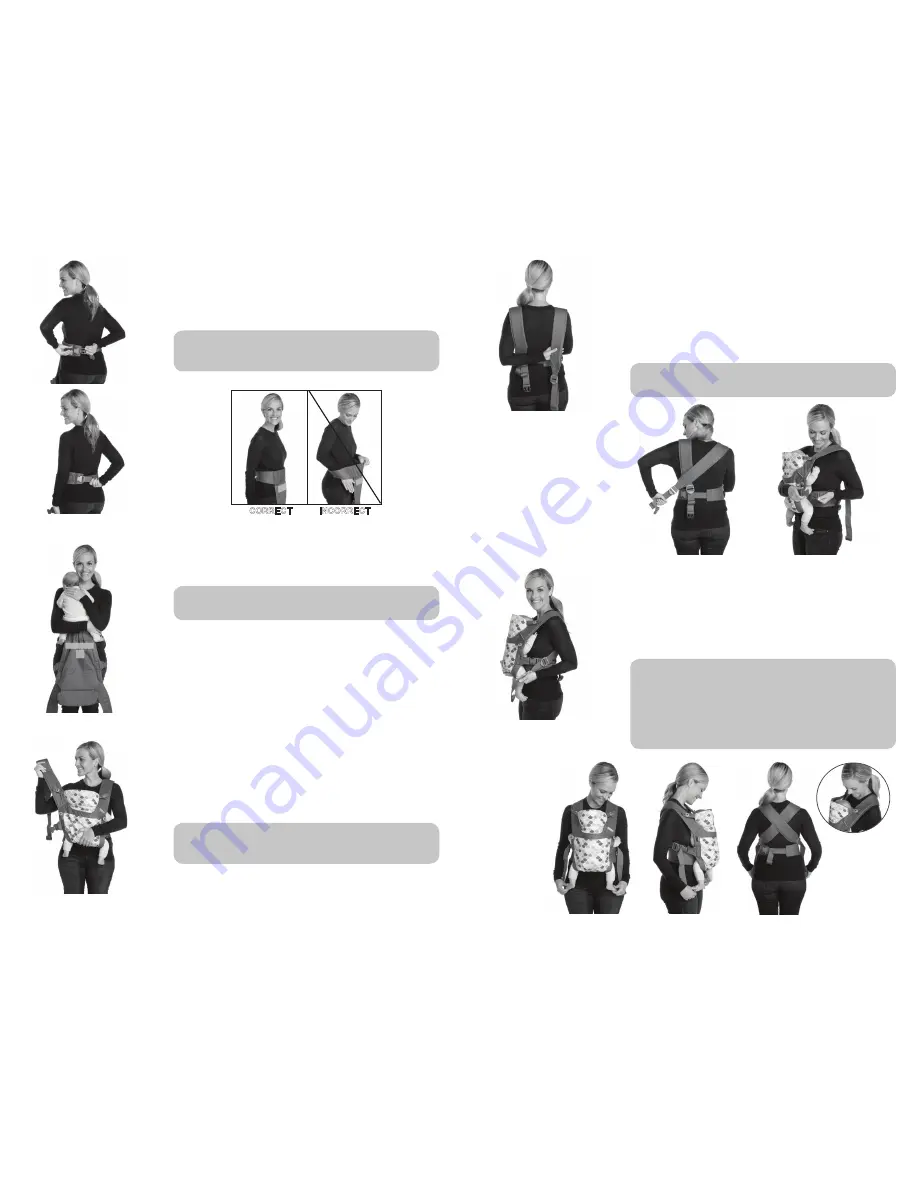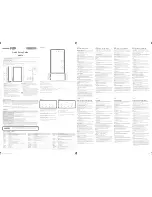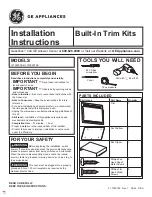
4.
Place the
Waist Belt
flat against your body at your
natural waist (where your belly button is), making sure
the two purple labels are against your body. Fasten
the
Waist Belt Buckle
behind your back, and pull the
Webbing
until the
Waist Belt
is snug on your body.
* IMPORTANT! Always make sure the waist belt fits securely against
your body at all times.There should NOT be a gap between the waist
belt and your body.
5.
Once the
Waist Belt
is fastened, lift baby up facing
towards you, and place him or her against your chest.
*ALWAYS keep a supportive hand on baby - either yours or that of a
partner assisting you while you place baby in the carrier.
6.
Keeping one hand on baby, pull the
Carrier Body
up
over baby’s back. Baby’s legs should be outside of the
carrier. Baby’s bottom should be centered and resting at
the base of the carrier pocket.
Place the
Shoulder Straps
over your shoulders.
* Make sure baby is securely supported throughout the buckling
process. Baby is not secure until all the buckles and straps are properly
fastened and adjusted.
7.
CORRECT
INCORRECT
7.
Fasten the
Shoulder Straps
: While holding baby
securely with your right hand, use your left hand to
reach behind your back and grab the
Shoulder Strap
from the opposite side of your body. Bring the strap
across your back, and fasten the
Side Closure Buckle
on your left side. Repeat with the other
Shoulder Strap
.
This will create an “X” on your back. Make sure the
straps do not become twisted.
NOTE: If you prefer to start with your left arm supporting baby, simply
swap right for left, and vice versa, in these instructions.
8.
To adjust how high the baby rides on your chest, lift the
baby slightly and pull the
Shoulder Strap Adjuster
, first
on one strap, then on the other. The
Shoulder Strap
Adjusters
should be equal lengths after adjusting.
When the baby is properly positioned you should be
able to tilt your head forward and kiss the top of your
baby’s head.
*IMPORTANT: Always make sure baby’s face, nose, and mouth are not
obstructed. Check your baby’s position regularly. Your baby should be
centered in the carrier in a seated position with arms and legs extended
and not constricted by the carrier. It is extremely important to avoid any
slouching in baby’s position. A slouching position can restrict baby’s airways.
Baby’s head should be upright or resting on your chest with the face, nose,
and mouth positioned to the left or right. Baby’s chin should never rest on
baby’s chest. This can result in closing or partially closing baby’s airway.
8.


























